
The future of pyrite production
Pyrite roasting as a source of sulphuric acid continues to be a significant, albeit minor sector of the overall acid market.

Pyrite roasting as a source of sulphuric acid continues to be a significant, albeit minor sector of the overall acid market.
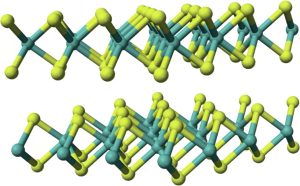
Cobalt-molybdenum catalysts are integral components of tail gas units, playing a vital role in reducing harmful sulphur dioxide emissions arising from Claus sulphur recovery units. Effective activation of these catalysts is essential for their optimal performance. In the first part of this two-part article, Michael Huffmaster, Consultant, explores CoMo catalyst activation at low pressure, focusing on sulphiding reaction pathways and the impact of temperature and the composition of the sulphiding media on reaction kinetics.
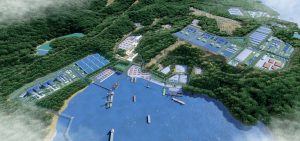
The nickel market has been through a period of unprecedented change over the past few years due to demand for batteries for electric vehicles, with Indonesia becoming a centre for production via high pressure acid leaching.
Freeport Indonesia has inaugurated the $250 million expansion at its PT Smelting copper smelter in Gresik, East Java, in a ceremony attended by Indonesian president Joko Widodo. Smelting, a joint venture between Freeport McMoRan and Mitsubishi Materials, has increased copper concentrate processing capacity to 1.3 million t/a, up from the previous figure of 1.0 million t/a, with copper cathode production of 300,000 t/a.
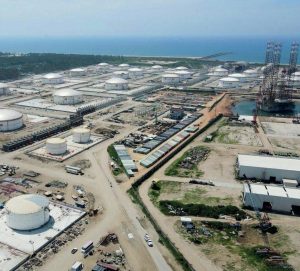
US domestic oil production has surged during 2023, reaching 13.3 million bbl/d in December, a record not just for the US but for any single country’s oil production. Adding in natural gas liquids and biofuels takes overall liquids production to 21.4 million bbl/d. Exports are also running at record levels, around 6 million bbl/d. This is a remarkable turnaround from 2008, when production was less then 5 million bbl/d and exports essentially zero. Furthermore, non-OPEC production is continuing to expand, with Brazil reaching 3.4 million bbl/d of oil production and 4.2 million bbl/d of liquids, and Canada producing 4.8 million bbl/d of crude and 5.7 million bbl/d of total liquids, keeping oil prices moderated in spite of OPEC+ production cuts. Global oil production is expected to reach a record level in 2024, with non-OPEC+ liquids growth projected to increase by 2.7 million bbl/d, far more than demand growth of 1.6 million bbl/d. n
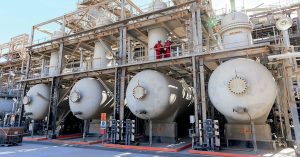
Small quantities of sulphur in a refinery or gas feed can present challenges for conventional large scale sulphur recovery techniques.
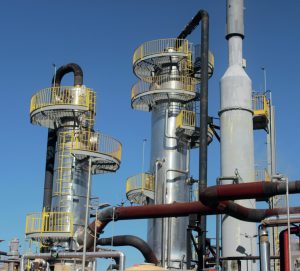
With increased demands to reduce SO2 emissions and lower energy consumption, Clark Solutions highlights the advantages of single absorption sulphuric acid plants compared to double absorption plants.
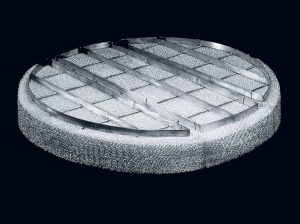
MECS, Inc. (MECS) has developed a new impaction-based mist eliminator called Brink® Prime Impact™ , which offers equivalent or improved efficiency at higher throughput and the same pressure drop as traditional impaction beds, resulting in the ability to debottleneck existing inter-pass absorption towers and final absorption towers in sulphuric acid plants or design new or replacement towers with smaller diameters, thus reducing investment cost.

Sulphur prices declined in Q4 following the increases seen during Q3, because of ample availability and limited spot demand. One contributing factor was that phosphate fertilizer producers in China, the largest importer of sulphur, have cut downstream production due to increased export restrictions. In addition, high sulphur stocks at Chinese ports and continuing high domestic sulphur production mean that domestic buyers have other options aside from international purchases.
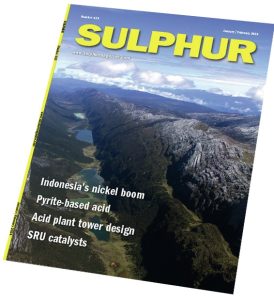
“ The need for technical knowledge and insights has never been more important.”